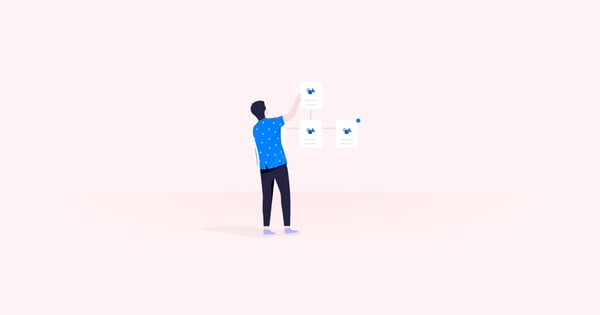When I say “conversions,” what pops in your mind? For many brands, it’s something major like making a sale. That’s a natural reaction, and it’s totally understandable.
If you’re running an e-commerce store, it’s all about selling products and growing your business.
But there’s more to conversions than just that.
Sometimes it’s about playing the long game and going for a series of smaller wins rather than a major victory.
In this post, I’ll discuss everything you need to know about micro conversions, including what they are, how they work and how to take advantage of them.
But more importantly, I’ll provide 11 concrete examples of micro conversions so you’ll know which specific aspects of your e-commerce store to focus on.
Here we go.
What Is a Micro Conversion?
A micro-conversions is a small step a visitor takes on their path to your primary conversion goal.
It’s a small but substantial action that shows a visitor is on the right track, has an interest in your company and could potentially become a paying customer later on.
This differs from a macro-conversion, which “is the completion of a primary call-to-action by your site’s visitors” (e.g. a sale).
While they may not be as satisfying as an immediate sale, micro conversions play a critical role in the overall buyer journey and deserve your attention.
After all, they can help you better understand your customers, improve lead nurturing and create a better customer experience.
11 Micro Conversions You Can Try Today
The Two Types of Micro Conversions
Design expert Jen Cardello at Nielsen Norman Group mentions there are two types of micro-conversions.
- “Process Milestones are conversions that represent linear movement toward a primary macro conversion. Monitoring these will help you define the steps where UX improvements are most needed.”
- “Secondary Actions are not the primary goals of the site, but they are desirable actions that are indicators of the potential future macro conversions.”
Why Micro Conversions Are Important
Cardello also explains the role micro conversions play in the overall e-commerce shopping process.
She mentions that only a small fraction of people complete a macro-conversion when first visiting a site—only about three percent.
A much larger percentage of visitors will explore and engage with the pages and content of your site. Although they don’t immediately result in a sale, it doesn’t mean they don’t have any value.
The right amount of nurturing allows you to keep them plugged into the sales funnel, and a percentage will go on to later complete a macro-conversion.
In other words, micro conversions may not pan out right away and become instant customers, but they still have value and indicate an interest in your business. It’s all about playing the long game.
And even the ones who never convert can still help you optimize your e-commerce site by learning from their behavior.
Now that we’ve got a basic understanding, here are 11 examples of micro conversions, including both process milestones and secondary actions.
1. Adding a Product to a Cart
Shopping cart abandonment is a notoriously big issue for many brands.
A 2018 study by Barilliance places it at:
- 73 percent for desktop users
- 80.74 percent for tablet users
- 86.65 percent for smartphone users
Although shopping cart abandonment is by no means ideal, it does show that a shopper has at least some interest level in your brand and was contemplating buying a product.
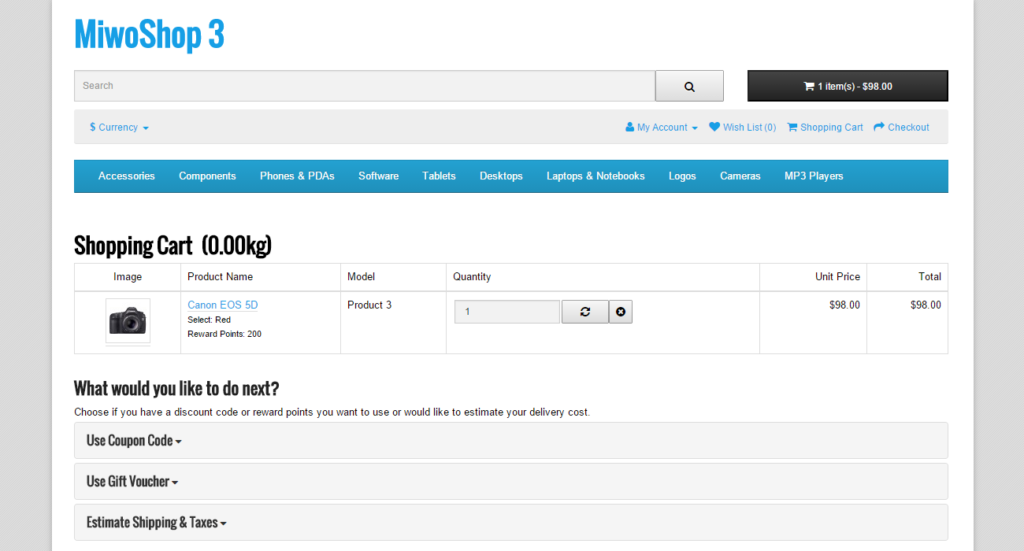
This means they’re perfect candidates for retargeting.
There are several platforms for doing this, but Facebook Ads and AdRoll are some of my favorites.
And if you’re seeing an excessively high cart abandonment rate that’s well above the numbers listed above, you’ll want to look for any areas of friction that could be getting in the way.
Here are just a few ways to reduce this rate:
- Speed up the loading time of your checkout page
- Include a progress indicator so shoppers know how many steps are left
- Be transparent with fees
- Consider offering discounts or free shipping
- Use trust badges
- Offer several payment options (e.g. PayPal, Apple Pay, and Google Wallet)
2. Opting in for Your Newsletter
This is one of the more valuable micro conversions in my opinion. Why?
Well, it obviously shows there’s an interest in your brand. That’s a big deal because it takes a lot to get someone to take the plunge and sign up for a newsletter these days.
If they feel comfortable enough giving out their email address—especially when there’s no gated content involved—I would consider that a solid lead.
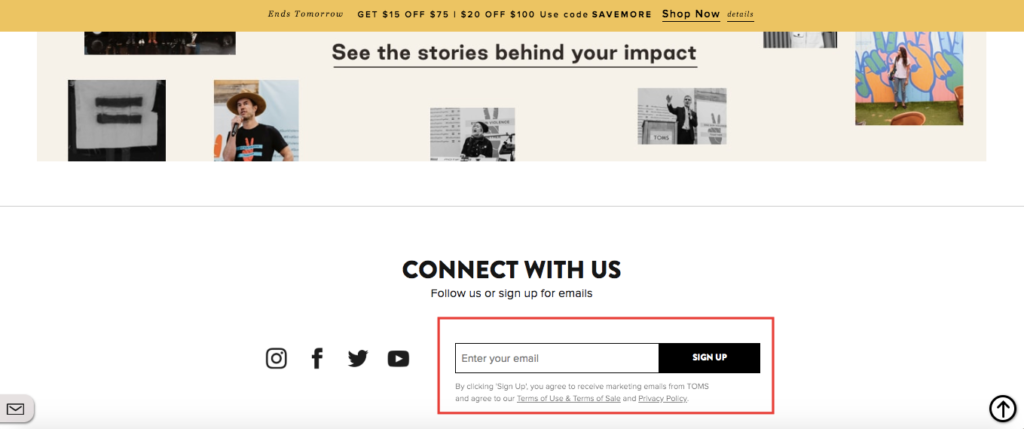
It also leaves you perfectly positioned to nurture that lead. After all, they’re already in your subscriber base.
A well-executed email marketing campaign gives you the opportunity to gradually get to know the subscriber and build trust and rapport.
It’s just a matter of maintaining positive communications and letting them know about the products they can benefit from.
3. Downloading an eBook, Whitepaper, or Case Study
Offering one of these mediums is still an excellent way to generate more interest in your brand and position yourself as an industry expert.
With 63 percent of consumers indicating they would only buy from an authentic brand, it can be huge for boosting long-term sales.
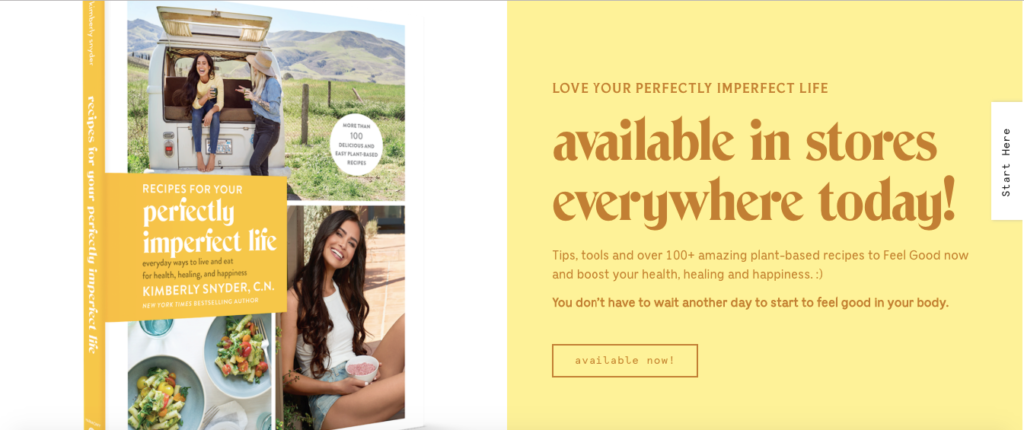
If someone has been impressed and interested enough to download an eBook, whitepaper or case study, they’re obviously keen to learn more about your brand, making this another potent micro conversion.
And if you gate your content where you require information like an email address or phone number in exchange for downloading it—like a content upgrade or lead magnet—you can add a high-quality lead to your contact database.
4. Beginning to Fill Out a Form
Let’s be honest. Most people aren’t fans of forms.
They have to fill out the same redundant information they’ve already done hundreds of times before and make sure everything is formatted correctly.
It can be a serious pain, which is why some people give up midway through and simply abandon a form.
I know I’ve done it plenty of times.
Although no brand likes losing out on prospects and sales due to form abandonment, you can still potentially connect with them by tracking the process.
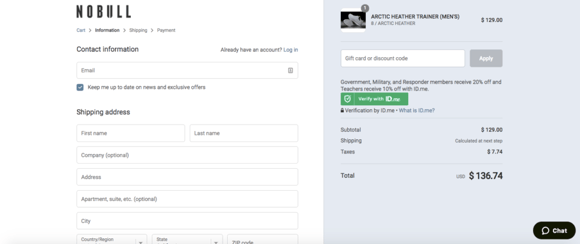
This will give you insight into how far shoppers are making it and offer clues as to how you can optimize your forms.
I suggest checking out this guide from Google developer expert, Simo Ahava, to learn the basics of tracking form abandonment with Google Tag Manager.
As for making improvements to your forms, there are a ton of ways to that including:
- Reducing the number of fields
- Asking only for essential information
- Giving users the option of only filling out fields with an asterisk
- Making forms responsive and ensuring they pass Google’s Mobile-Friendly Test
The more simplistic and efficient the process is, the lower your form abandonment rate should be.
5. Watching a Video
Consuming video content is yet another micro conversion that conveys interest and shows that shoppers are looking to learn more about your brand.
Even if it’s just a quick explainer video like this one by Marie Kondo explaining her famous “KonMari” method, you’ve likely struck a chord with shoppers.
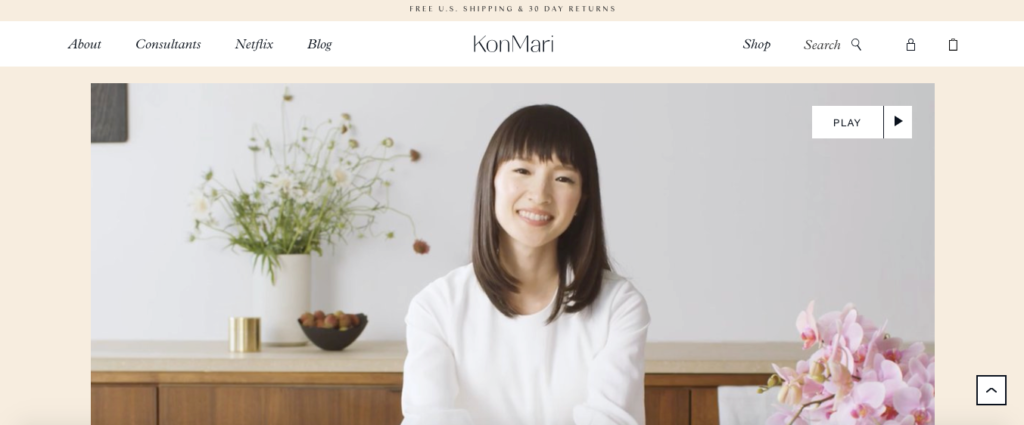
Even if it didn’t translate into an immediate sale, you can bet that it increased brand awareness.
And there’s likely a percentage of video viewers who will come back to your site to learn more about your brand and explore your products.
6. Commenting on a Blog Post
Whenever I come across a blog with a consistently high number of comments across its posts, it tells me two things.
First, it must be high quality. People won’t just comment on anything.
Blog content that constitutes as “white noise” that’s simply adding meaningless information to the Internet won’t gain much traction. Comments validate the blog, and in turn, the brand.
Second, there’s solid engagement. People are incredibly selective about the companies they interact with, so having a community of plugged in blog readers who consistently comment is always a good sign.
This can indicate trust, brand loyalty and a willingness to eventually buy.
7. Sharing a Product
Another simple way to increase brand awareness and bring more exposure to your products is by incorporating sharing buttons in a conspicuous position on your product page.
Here’s a great example from women’s designer clothing brand, Alice + Olivia.
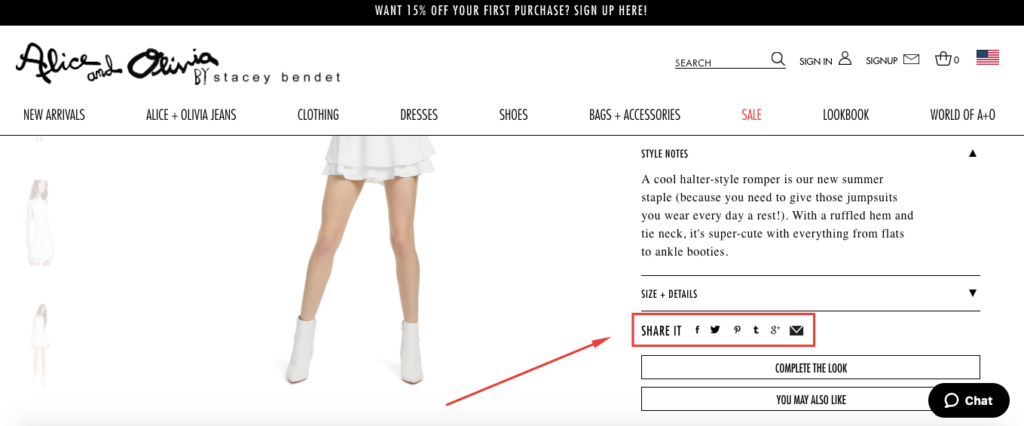
With just a couple of clicks, they can share it through email or a social media platform of their choice.
Even if a shopper doesn’t buy the product right away, sharing it would certainly count as a micro conversion.
8. Mentioning Your Brand on Social Media
Receiving a brand mention on social media—especially from someone influential—is as good as gold.
Not only does it get your name out there and generate quality leads for cheap but it also means whoever mentions you is a potential customer.
Here’s an example of DJ/model/singer Lizz Kim Kim mentioning three different brands in a single Instagram post.
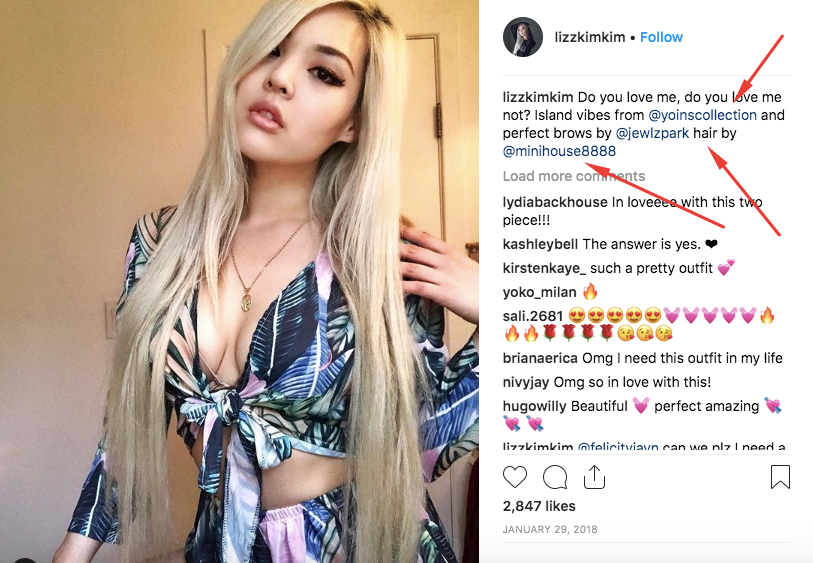
Anyone who gives you their nod of approval by mentioning you on social media is definitely someone you’ll want to reach out to and try to nurture.
A couple of platforms that allow you to track brand mentions with ease are Hootsuite and Mention.
These help you scour the Internet and will notify you anytime your name pops up.
9. Viewing Your Product Page
Exploring your product page where you sell items on your e-commerce store is yet another micro conversion to look out for.
Here’s an example from personal organizing product, ORGO—“the case that expands to give more space.”
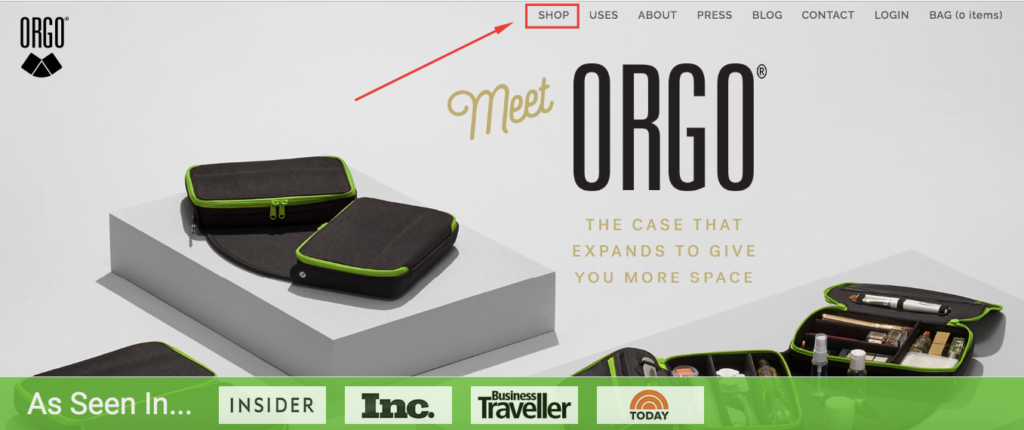
If someone clicks on the “Shop” section of their homepage to arrive at their product page, it obviously means they have some level of interest in ORGO and want to learn the details.
It also means a decent percentage are keen to eventually making a purchase, even if it’s not during their initial visit.
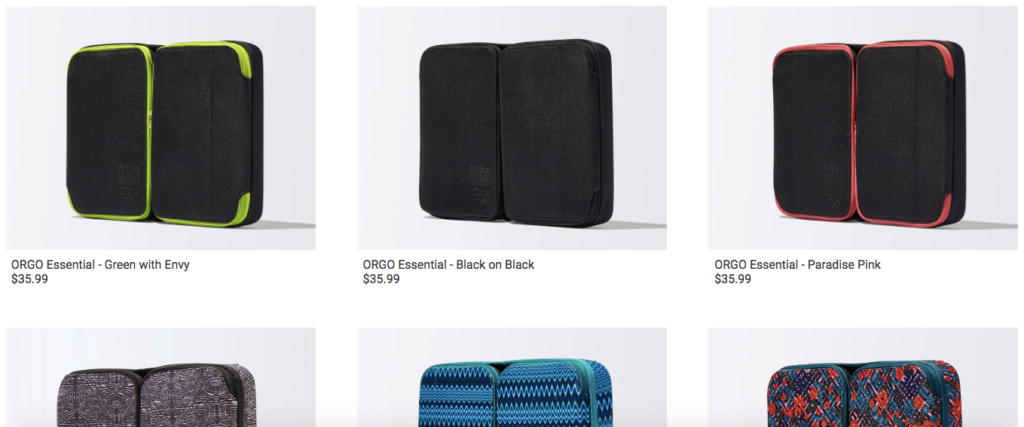
With a little lead nurturing through a technique like retargeting, there’s a good chance you can seal the deal with many shoppers.
10. Browsing a High Volume of Pages
A 2019 study by Littledata found the average number of pages per session was 3.0.
By these numbers, having a visitor check out considerably more than that would indicate a high level of interest, which would also count as a micro conversion.
Say, for example, someone visited the e-commerce store REMIX by Giselle Wasfie, an aromatherapy and beauty line based in Chinese medicine.
During their single session, they clicked on the “Products” page, “About” page, “Press” page, “Contact” page, as well as the “Spirit Cleanse Face Wash” product page.
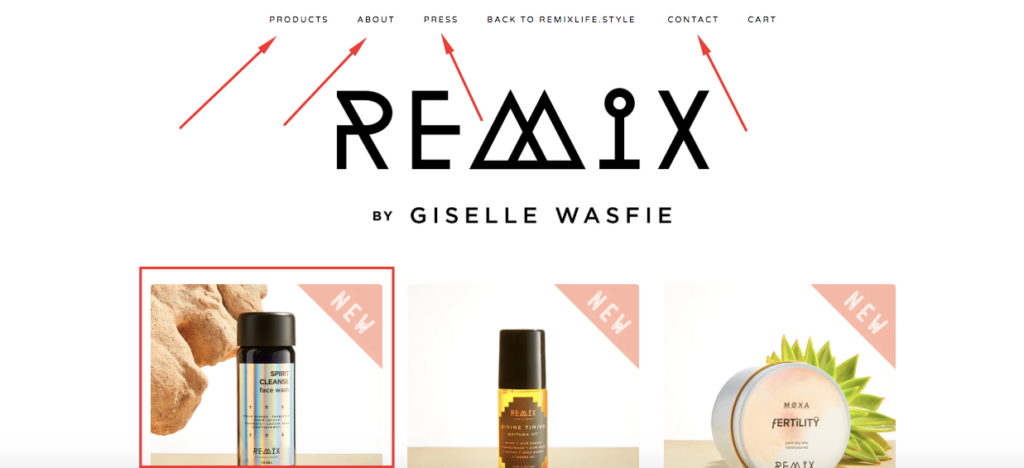
That would clearly indicate a high level of interest, meaning the visitor could easily become a paying customer even if they didn’t make a purchase right off the bat.
11. Creating an Account
A final surefire micro conversion is when a shopper takes the time to create an account on your e-commerce site.
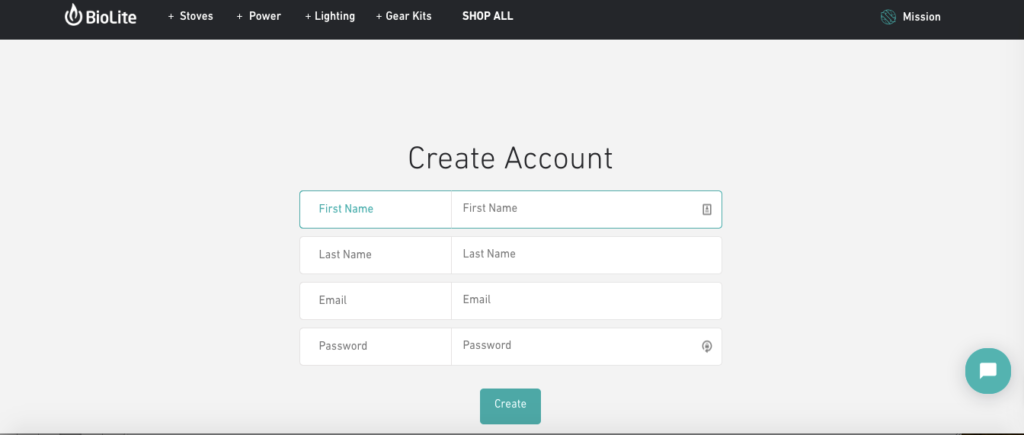
Maybe there’s no immediate macro-conversion in the form of a sale, but it certainly suggests an intent to purchase.
This would definitely qualify as a lead that needs nurturing from your sales team and has a strong likelihood of becoming a customer later on.
Conclusion
It’s important to remember that only a fraction of e-commerce visitors result in a sale right away. So you can’t always assume that a prospect is gone forever if they don’t immediately convert.
Maybe they were performing some initial research. Maybe they were comparing different brands. Or maybe they just need some time to think it over before committing to a purchase.
Whatever the reason, you have to accept that not all of your customers will be instant sales.
Being aware of micro conversions and how they factor into the buyer journey should help you better understand consumer behavior, optimize your e-commerce site’s UX and develop better lead nurturing practices.
The 11 examples discussed here are all great starting points to focus on.

